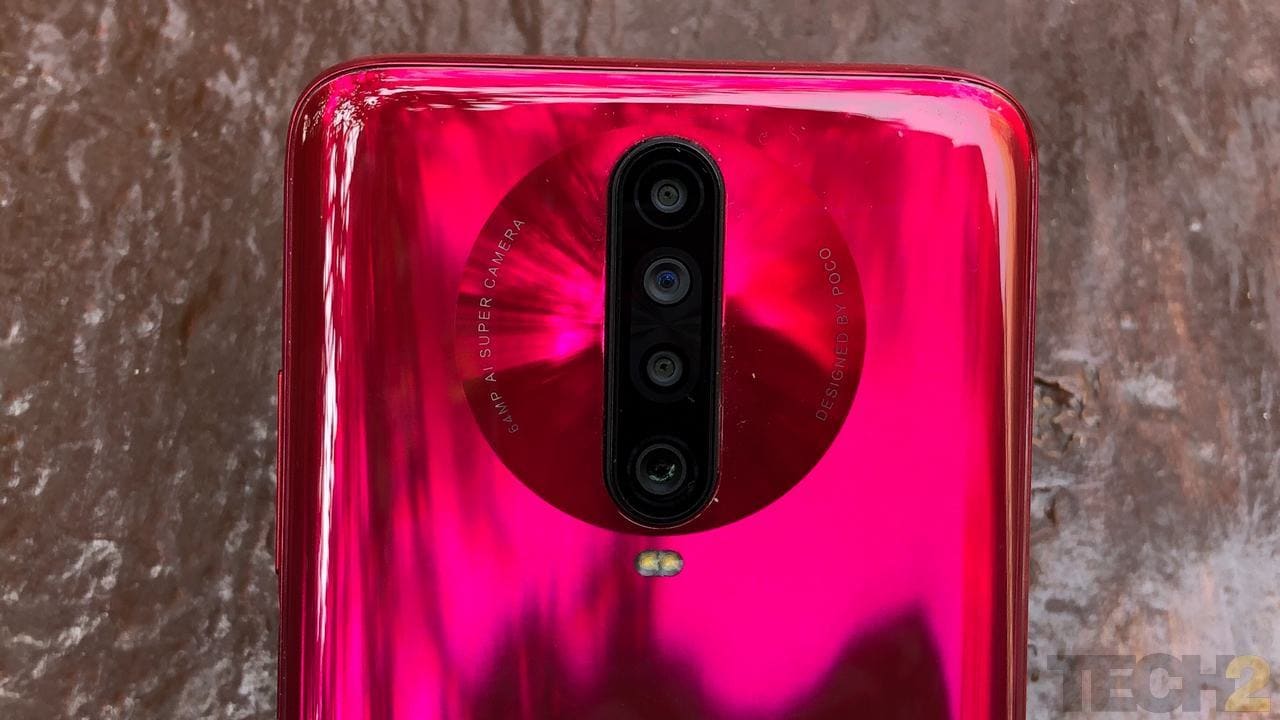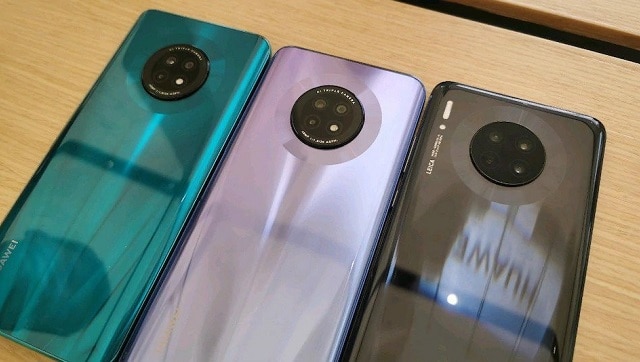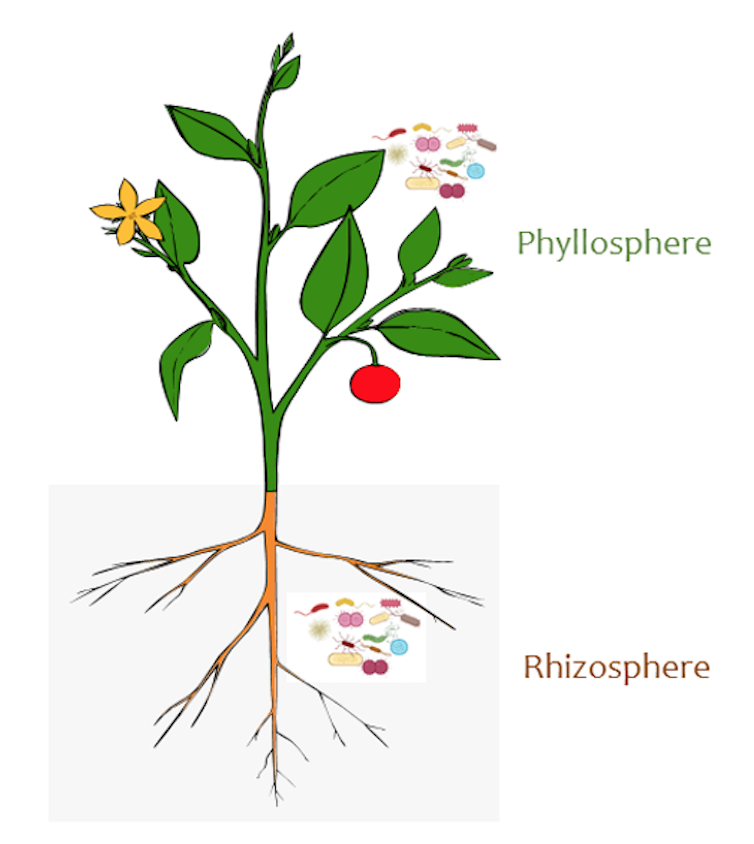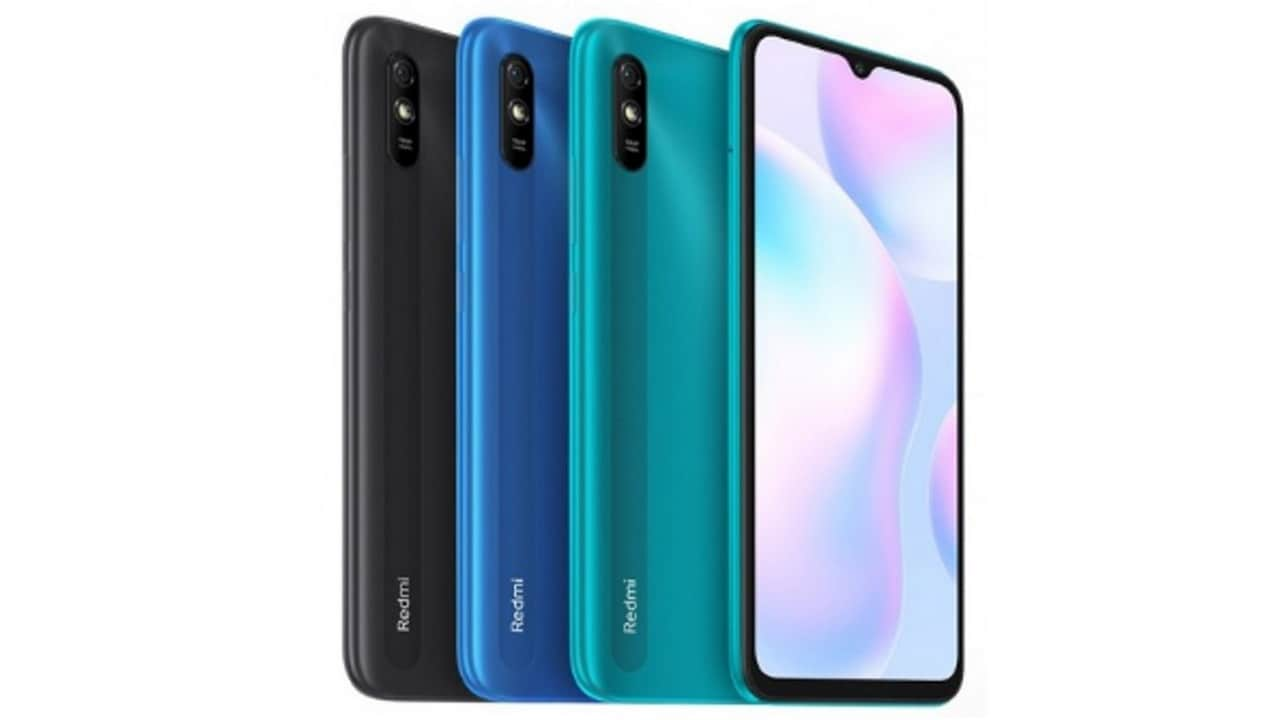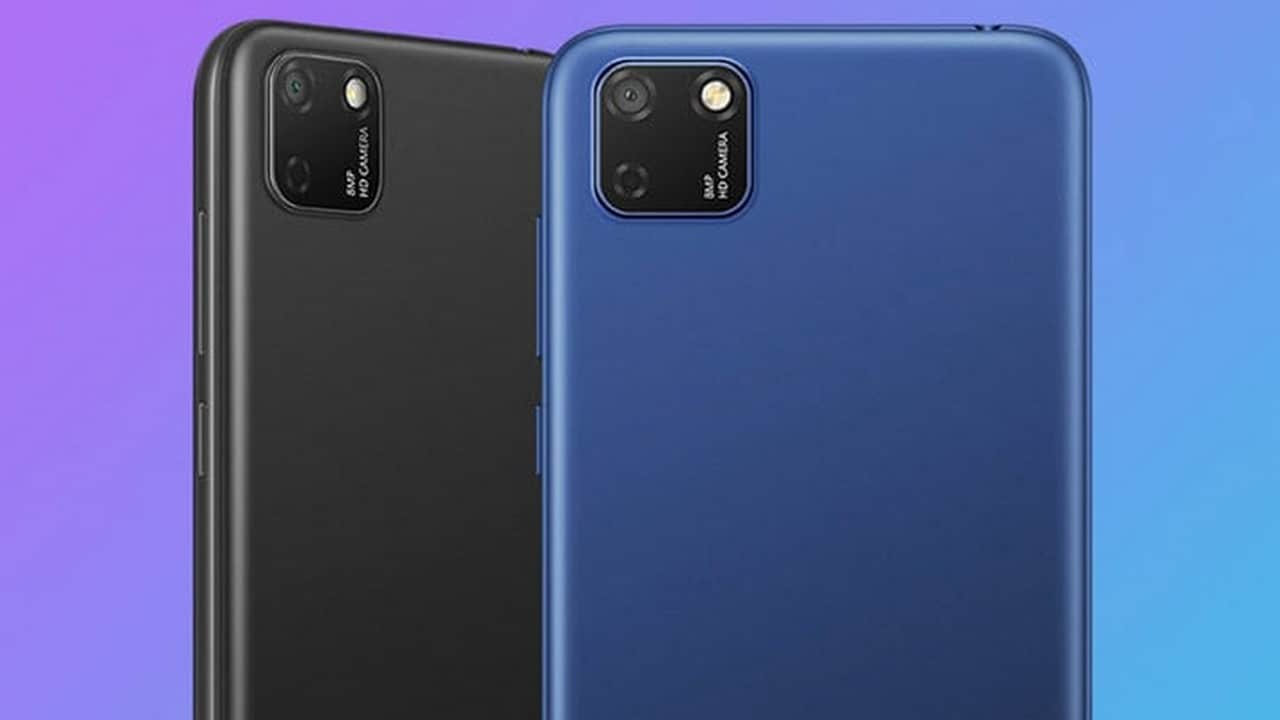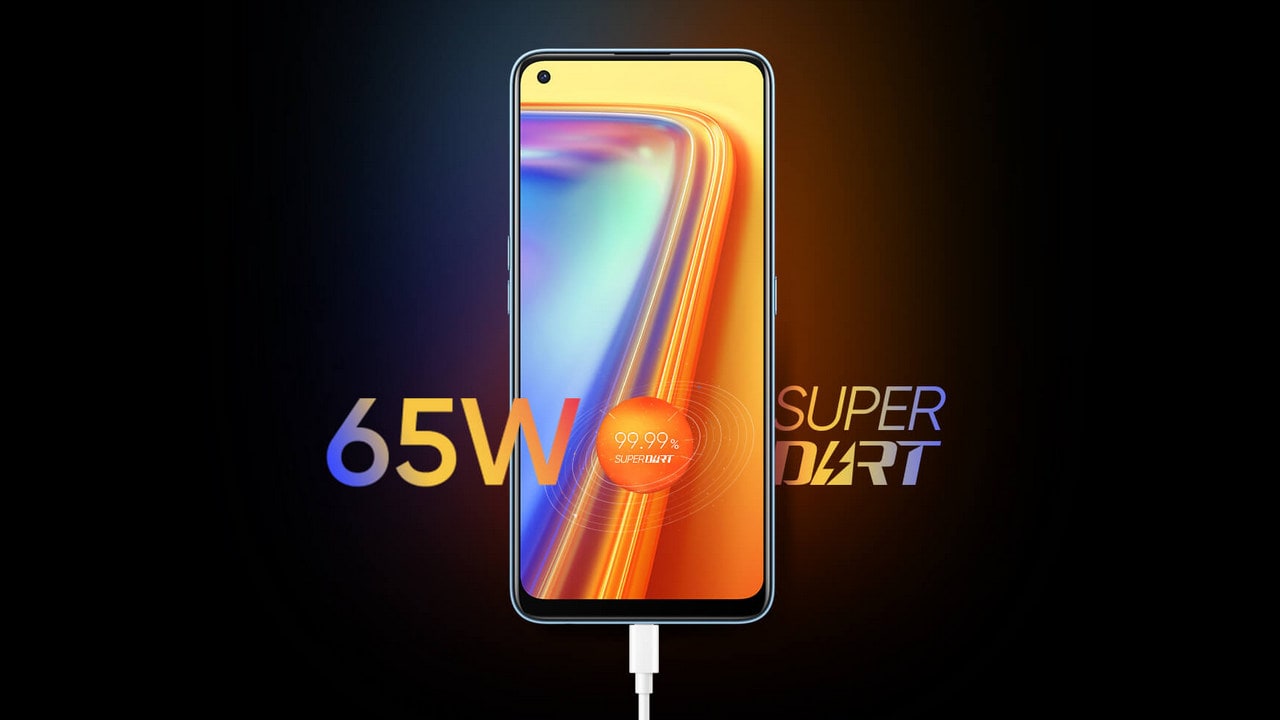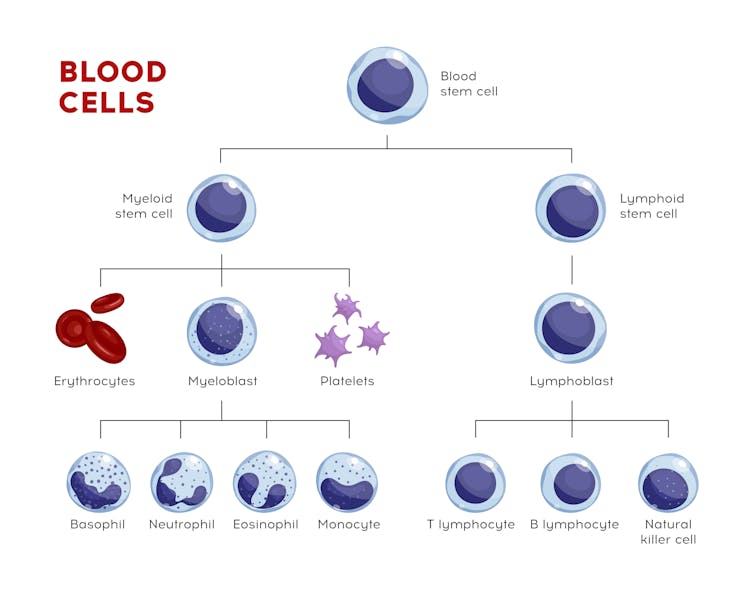Someday I would like to conduct a detailed survey to figure out whether the hype that precedes OnePlus launches actually helps sell more units. For now, I will simply focus on the newest member of their family that has put the hype machine into overdrive ― the OnePlus Nord. Some consider it the successor to the OnePlus X, others believe this is OnePlus returning to their high-value roots. However you slice it, you finally have a OnePlus device in the 25K to 30K range. It’s been years since that happened. But you can’t build to a price without, well, building to a price. Let’s find out if it really is the value-for-money champ we’re all expecting.
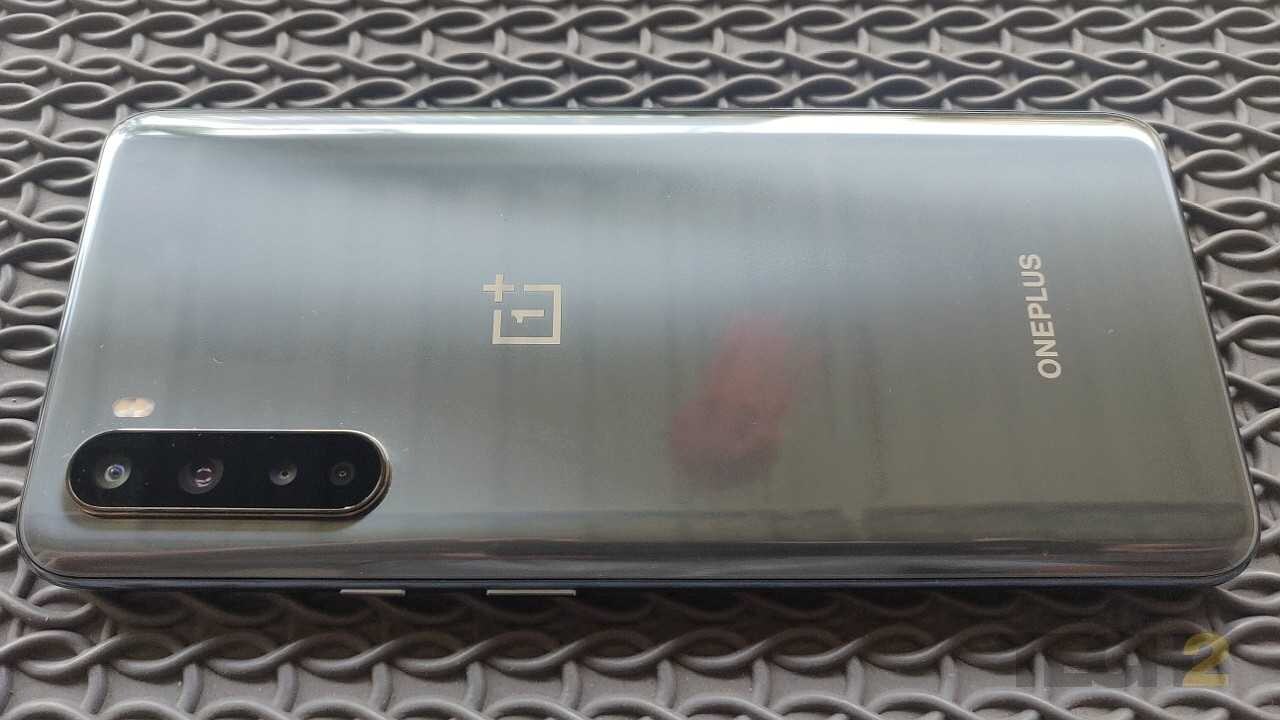
OnePlus Nord
OnePlus Nord Design: Been there, seen that
The OnePlus Nord design is not unique, and it looks more like a Realme phone at first glance. Be it the capsule-shaped dual camera cut-out on the screen or the vertical rear camera alignment, we have seen this before in phones like the Realme X3, X3 SuperZoom, Realme 6 Pro etc. There are no “wow!” moments. It is inoffensive. But unlike the Realme phones, the OnePlus Nord is fairly slim (8.2 mm) and noticeably lighter (184 gm).
The phone feels good to hold and is reasonably compact, courtesy of its relatively small 6.44-inch screen. Unlike the OnePlus 8 (Review), this phone does not have a curved display, and that is in no way a bad thing for all practical purposes. The front camera cutout takes up too much screen real estate at the top left, and is probably more intrusive than a notch at the centre. This isn’t a complaint against the Nord alone, but all phones that use this design. The screen is protected against scratches by a layer of Corning Gorilla Glass 5; the protection extends to the glass back too. There doesn’t seem to be any oleophobic coating though, and the phone is a smudge magnet.
The body is made of plastic as opposed to the metal shell that you’ve found on all OnePlus phones over the past few years. To its credit, it doesn’t feel like plastic, except for that extra coat of gloss perhaps. The famous alert slider makes its way onto the Nord. The power button and volume rocker are placed on either side of the screen and are easy to reach. The in-display fingerprint scanner ― unlike the OnePlus 8 ― isn’t placed a bit higher on the screen. It goes back to its usual position, which isn’t as ergonomic as with the 8. The scanner is highly responsive though, and worked well.
The SIM tray is present along the bottom edge of the phone and it can accommodate up to two Nano-SIMs. The OnePlus Nord is 5G compliant, and the benefits can be reaped whenever the service is available in India. Till then, you can use two 4G SIMs. Next to the SIM tray are a USB Type-C port and the phone speaker. No 3.5 mm headphone jack here.
.jpg)
Next to the SIM tray are a USB Type-C port and the phone speaker. No 3.5 mm headphone jack here.
OnePlus Nord Key specifications
- Qualcomm Snapdragon 765 SoC
- Adreno 620 GPU
- 6 GB, 8 GB, 12 GB RAM options
- 64 GB, 128 GB, 256 GB UFS 2.1 internal storage
- 44-inch Full HD+ (2400 x 1080) Fluid AMOLED HDR10+ display with 90 Hz refresh rate and Corning Gorilla Glass 5
- Cameras: 48 MP with PDAF and OIS (main) + 8 MP (ultra-wide) + 5 MP (depth sensor) + 2 MP (macro); 32 MP (wide) + 8 MP (ultra-wide) selfie cameras
- 4,115 mAh battery with 30W fast charger
- Android 10 with OxygenOS 10.5.4 (at time of testing)
- 5G compliant; Bluetooth 5.1; Dual band WiFi a/b/g/n/ac
OnePlus Nord Price in India
Rs 24,999 for 6 GB Ram with 64 GB internal storage
Rs 27,999 for 8 GB Ram with 128 GB internal storage
Rs 29,999 for 12 GB Ram with 256 GB internal storage
OnePlus Nord Display: Almost as good as it gets in this segment
The OnePlus Nord has a 6.44-inch Fluid AMOLED display with a resolution of 2400 x 1080 pixels and a 90 Hz refresh rate. The display is extremely vibrant and smooth, and it’s great to see the company not skimp on the quality or refresh rate of the screen on an affordable device. That’s not all; the screen is HDR10+ compliant too. The 90 Hz refresh rate makes things flicker-free while scrolling in phone UI and compatible apps. You get an option to switch to 60 Hz to save some battery, but I suggest you leave it at 90 Hz, as the experience is way better and the impact on the battery is minimal.
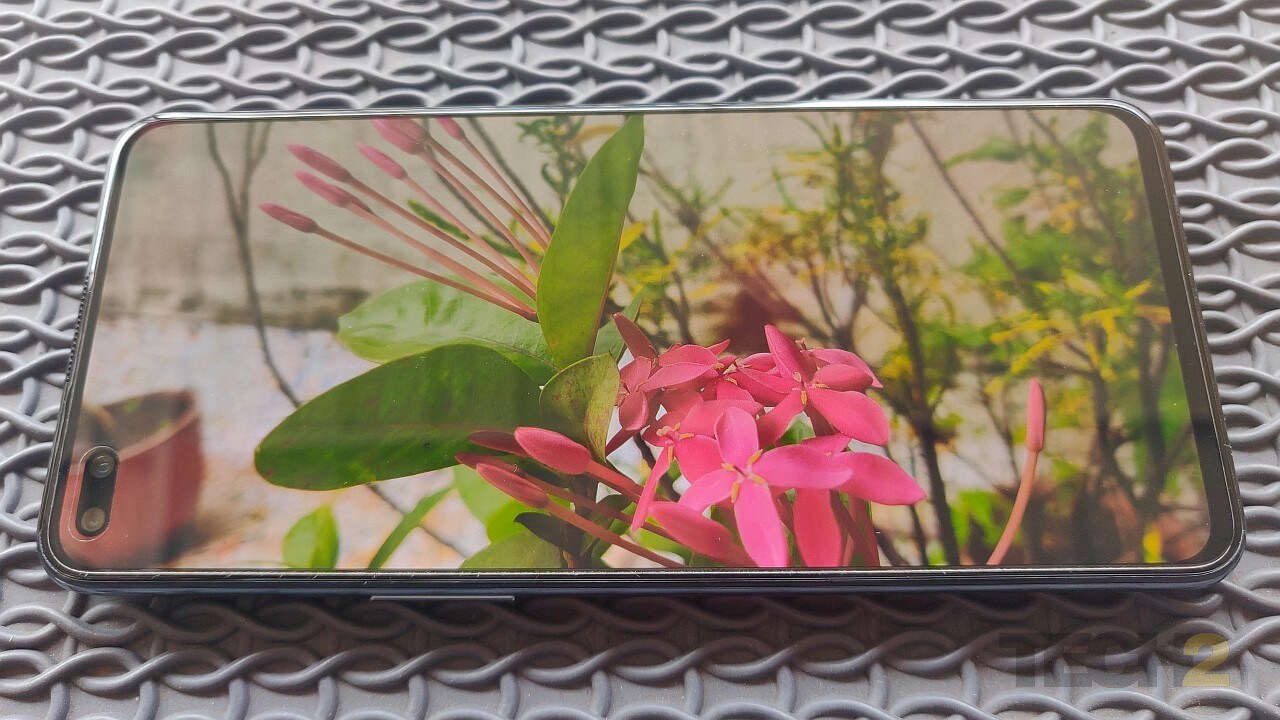
OnePlus Nord display
The black levels and contrast are excellent for an AMOLED screen on a midrange phone. In fact, they’re as good as the OnePlus 8 that’s priced over 50 percent higher. Colours pop in ‘Vivid’ mode without going over the top. If you don’t like your colours boosted and want them to be more accurate, there’s a ‘Natural’ mode too, along with a handful of manual calibration options in ‘Advanced’ mode, if you’re interested. The ambient display provides you with basic information such as time, date, battery status and a few notifications by simply lifting the phone or tapping the screen.
OnePlus Nord Performance: Stutter free operation but cannot beat previous generation flagship chips
The OnePlus Nord is powered by Qualcomm’s new midrange Snapdragon 765 SoC, and we received a 12 GB RAM variant for review. There are two big questions that need to be answered here. Firstly, is the Snapdragon 765 chip powerful enough to provide a seamless experience with OxygenOS as on OnePlus’ flagship devices? And secondly, how good is its overall performance in comparison with other phones in this category?
I had very little doubt, and now I am happy to confirm that OxygenOS works perfectly fine on the Nord as it does on any other OnePlus phone. There was absolutely no lag in day-to-day operations, while opening/using an app or when switching between multiple apps. Of course, the generous 12 GB RAM helps too, but I am sure things won’t be any different with less. In performance benchmarks, the scores are clearly higher than those of Snapdragon 720 and 730 SoC, but well short of the more powerful Snapdragon 8xx chips from the past couple of generations. Of course, nobody expected the numbers to be anywhere in the vicinity of the Snapdragon 865, but if you expected the scores to be close to that of 855+ or 855 chipsets, that’s not the case either.
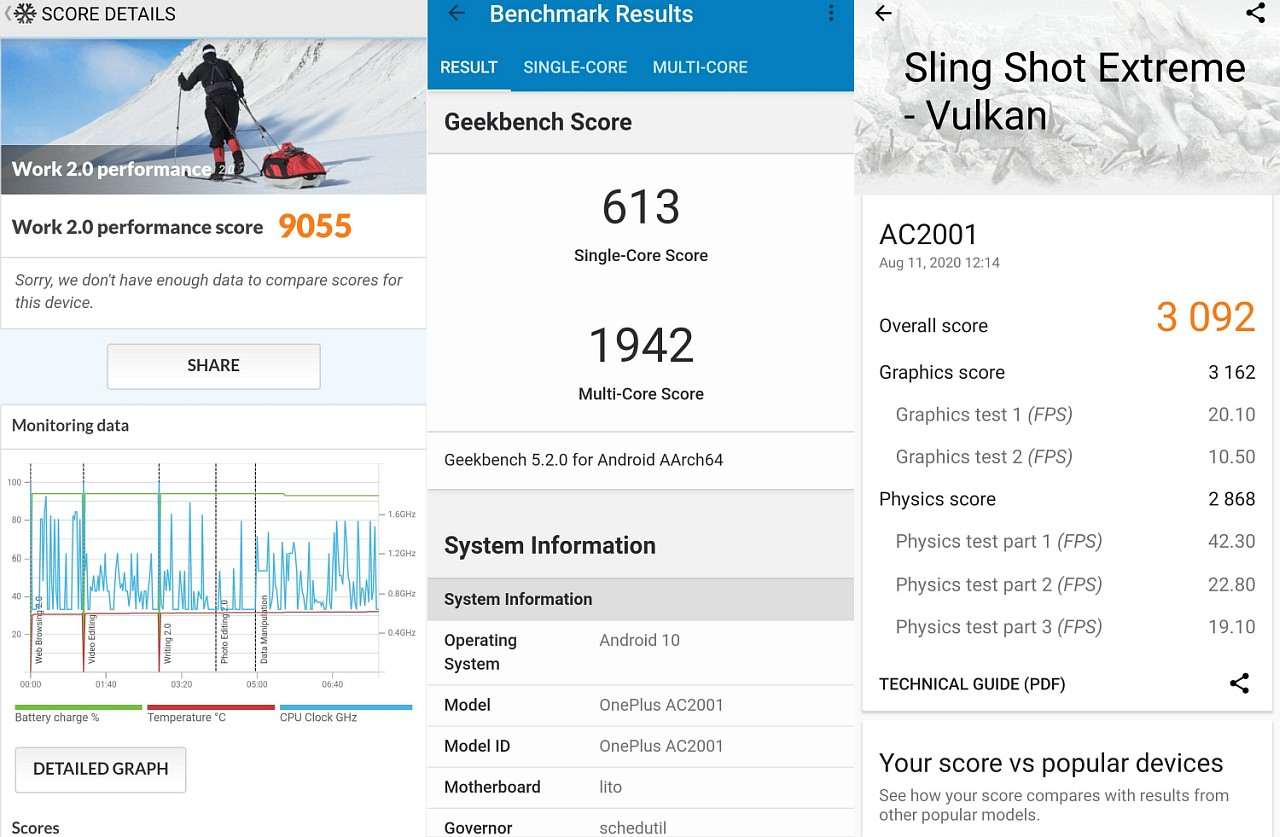
OnePlus Nord benchmark scores.
Some numbers will put things in perspective: in Geekbench 5, it recorded a single-core score of 613 and a multi-core score of 1942. In comparison, the OnePlus 8 with a Snapdragon 865 scored 919 and 3356 respectively. That’s just a theory lesson to understand how the Snapdragon 765 compares with the fastest chip around. A better comparison would be with a Realme X3 SuperZoom that sells for the same price as the Nord. The Snapdragon 855+ on the Realme managed 772 and 2438 respectively, over 25 percent higher than the Nord. However, there is a definite improvement over the scores of phones with the Snapdragon 720G SoC (like Realme 6 Pro) that managed 571 and 1167 in single and multi-core benchmarks respectively.
In PC Mark Work 2.0, it manages to get a lot closer to the 865, and even beats the 855+, which is quite commendable. The scores were as follows: 9055 (Nord), 10847 (OnePlus 8), 8657 (Realme X3 SuperZoom) . In the 3DMark Sling Shot Extreme – Vulkan benchmark, the Adreno 620 GPU is no match for the Adreno 650 and Adreno 640 GPUs in the OnePlus 8 and Realme X3 respectively. The Nord posted a score of 3092 as opposed to 6719 and 4779 on the OnePlus 8 and Realme X3 Superzoom respectively. In comparison to the 720G (score of 2345), it does offer a solid 32 percent boost in the segment.
Of course, these are synthetic benchmarks and are just meant to be a point of reference, not the final word. Real-world gaming performance is not bad either, despite the relatively lower 3DMark scores. PUBG Mobile as well as Asphalt 9 worked smoothly at medium to high graphics settings. The phone didn’t heat up even after 30 minutes of gaming.
Unlike the OnePlus 8, this phone has a single speaker that does an acceptable job. The OnePlus Nord supports AptX and AptX HD codecs for better throughput over Bluetooth on earphones that support those codecs. You also get a Dirac Audio tuner which is essentially a collection of three audio presets – Dynamic, Movie and Music. The call quality is fine and there is nothing unusual to report in this area.
OnePlus Nord Battery performance: Good battery backup with fast charging
The OnePlus Nord has a 4,115 mAh battery, which is a tad lower than that of the OnePlus 8 (4300 mAh) despite being slightly thicker than the latter. But it manages to last as long, so no complaints. It managed to last close to a day and a half of normal usage that included a generous use of messaging and social media apps, browsing, a decent amount of calling, clicking a few photos, an hour of watching videos and half hour of gaming; all this with a 90 Hz refresh rate throughout. That is a very good number, and goes to show how efficient the Snapdragon 765 chip is.
Despite being a midrange phone, OnePlus hasn’t dialed down on fast charging either. The company bundles the same 30W Warp charger with the Nord that you get with the OnePlus 8. It charges the phone from 0 to 60 percent in half an hour, and goes all the way to 100 percent in under 70 minutes. Not the fastest these days, but still pretty good for the segment.
OnePlus Nord Camera performance: Nice, Ordinary, Redundant, Disappointing
That’s the performance synopsis of the four cameras at its back. The 48 MP main camera is genuinely nice, the 8MP ultra-wide camera is ordinary like most 8 MP ultra-wide cameras. Isn’t a dedicated depth sensor redundant by now? You have a 5 MP camera here to do nothing but that. Lastly, 2 MP macro cameras never fail to disappoint me, and the tradition endures.
Click here to see the OnePlus Nord camera samples:

The supporting cast may be lacklustre, but the main camera more than makes up for its sub-par entourage. The primary camera captures some crisp shots in bright to average lighting, with good dynamic range. Auto HDR is on by default and it doesn’t overcook the image. Like most OnePlus phones, the colours feel slightly saturated, and occasionally ― in high-contrast images ― objects in shadows exhibit a different shade of colour. Despite this, captured images look sharp with a good amount of detail.
You get a quick toggle to switch between regular, ultra-wide and zoom modes. Mind you, you just get digital zoom here, as there is no telephoto camera at the back. Images captured with up to 2X zoom are suitable for social media, especially those captured in good lighting. Beyond that, things start to pixelate. The 8 MP ultra-wide fixed-focus camera provides you a 119-degree field of view, but the image quality is average at best, and at par with most 8 MP ultra-wide cameras. Again, in good lighting, they look more than decent, but as the light starts to drop, it’s best you let the main camera do the heavy lifting.
Portrait mode works very well on the Nord with good foreground and background separation. There is no option to manually adjust the level of blur, but the camera does a good job on its own, which is a good thing. The images come out pretty good, be it human subjects or other objects, as long as there is sufficient distance between the foreground and background. The macro mode is far from impressive. The 2 MP macro camera does what most 2 MP fixed-focus cameras do. The captured images look soft and colours appear washed out. The OxygenOS 10.5.4 update was expected to make things better, but I did not notice any difference in the macro camera’s performance. It’s best to capture an object from a little further away using the main camera and then crop it. That gives you far better results than the dedicated macro camera on this phone.
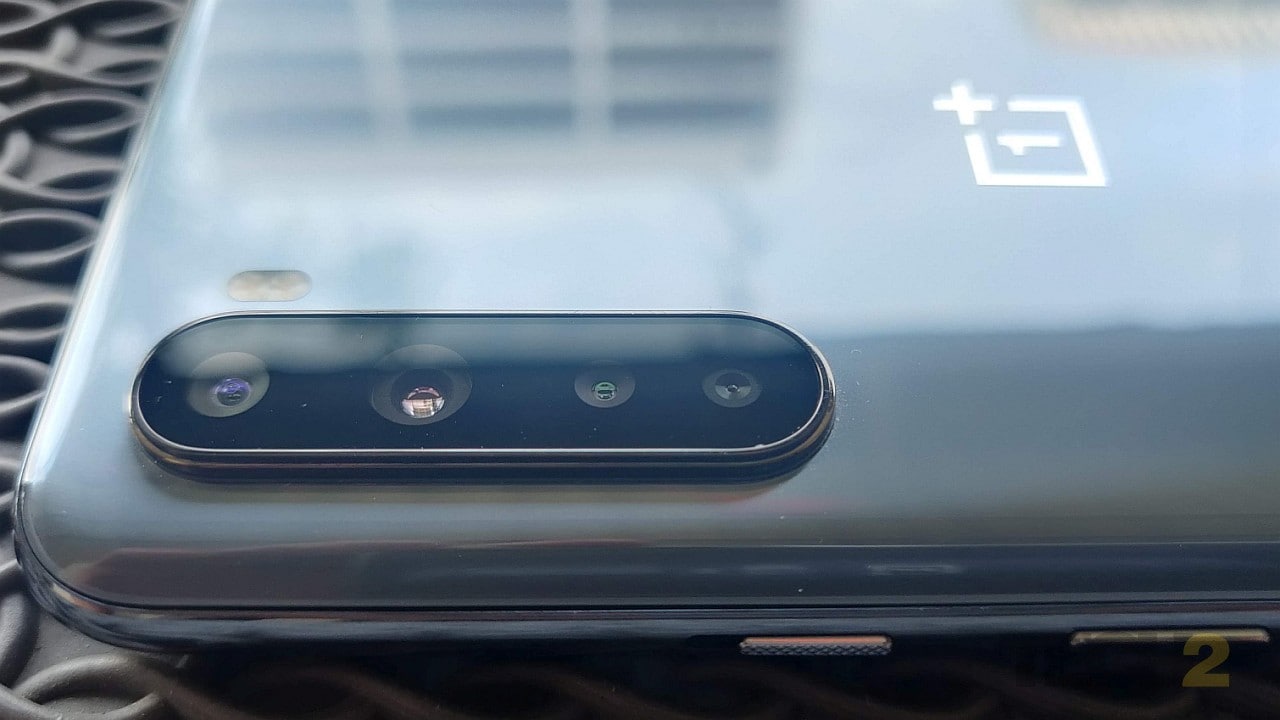
OnePlus Nord camera module
Low light photography isn’t a strong point of this phone. The main camera does a decent job in dim conditions as compared to the rest of the cameras, but keep your expectations in check. It tends to gain reasonably well and makes images brighter, but captured shots tend to lack detail as you move away from the centre. There’s also a noticeable amount of noise. ‘Nightscape’ mode helps in keeping the noise in check to an extent, but it takes a good 3 to 5 seconds for the phone to capture and process the shots in that mode. The rest of the modes are pretty snappy.
All in, the performance of the main camera is actually as good as that of OnePlus 8’s. After all, it is supposed to be the same module. While we thought its performance was average for a phone priced between 45K to 50K (OnePlus 8), it is perfectly acceptable for a phone that carries a price tag south of Rs 30,000. Also, OnePlus seems to have fixed the focussing issues that I had encountered in the 8, making the photography experience on the Nord that much better.
Not only does the Nord have one extra camera at the back as compared to the OnePlus 8, there’s an extra shooter at the front too. The 32 MP (wide) + 8 MP (ultra-wide) front cameras do a good job and should please selfie enthusiasts. The captured selfies are sharp and the skin tone looks natural. They do a pretty good job with portrait shots too. They can also record 1080p and 4K videos at 30 or 60 fps. The footage is usable, but not as good as what the rear cameras can manage.
Strangely, the rear cameras on the OnePlus Nord can record 4K videos only at 30 fps. 1080p videos can be recorded at 30 and 60 fps both, and super-slow motion videos at up to 240 fps. Captured 4K footage looks sharp and stabilised, with good colours, courtesy of EIS (electronic image stabilisation).1080p videos are also good. There’s also a 4K ‘Cine’ mode which lets you shoot 4K videos with 21:9 aspect ratio; it basically just trims a bit of the 4K footage.
OS and user interface: OxygenOS remains smooth and awesome as ever
At the time of testing, the OnePlus Nord ran OxygenOS 10.5.4 based on Android 10 with the July 2020 security patch. There was never a doubt about OxygenOS being the best Android UI around; the only question was whether it would run as smoothly on a non-flagship SoC. I already answered the question earlier in the review. It remains as clean and stutter-free as in the flagship devices from OnePlus. It is free of ads, but I noticed a bit of bloatware this time with the likes of Facebook and Netflix apps preinstalled.

OnePlus Nord user interface
There are another couple of minor changes here, with OnePlus opting for the Google dialer and messaging (SMS) app instead of their own. The rest of the stuff is pretty much what you expect from this platform, with a handful of smart add-ons without deviating too far from stock Android UI. Given the company’s impressive track record for software updates, one can expect a few newer versions of Android on the OnePlus Nord too.
Final words: An affordable all-rounder that’s hard to ignore
The OnePlus Nord sells in India for Rs 24,999 for the 6 GB RAM/64 GB storage variant (coming soon), Rs 27,999 for its 8 GB RAM variant with 128 GB storage, which for me is the most practical of the trio. You also have a 12 GB RAM variant with 256 GB internal storage for Rs 29,999 ― the one that we reviewed here. While 12 GB is overkill on a phone with the Snapdragon 765 SoC, a premium of just 2K for the additional 128 GB storage along with 4 GB extra RAM is not a bad deal at all.
Time for the obvious question: is it worth buying? Absolutely, if you want a 5G ready phone under Rs 30,000 with reasonable processing power, good camera and the best Android UI around. If you are looking for an out-and-out gaming phone or one with more versatile rear cameras in this budget, there are better options like the Realme X3 SuperZoom or Redmi K20 Pro. Check out the full list of Nord alternatives here. The OnePlus Nord may not be the best at everything (barring UI), but it does combine a lot of good elements from different worlds in one affordable package that’s hard to overlook.
Find latest and upcoming tech gadgets online on Tech2 Gadgets. Get technology news, gadgets reviews & ratings. Popular gadgets including laptop, tablet and mobile specifications, features, prices, comparison.
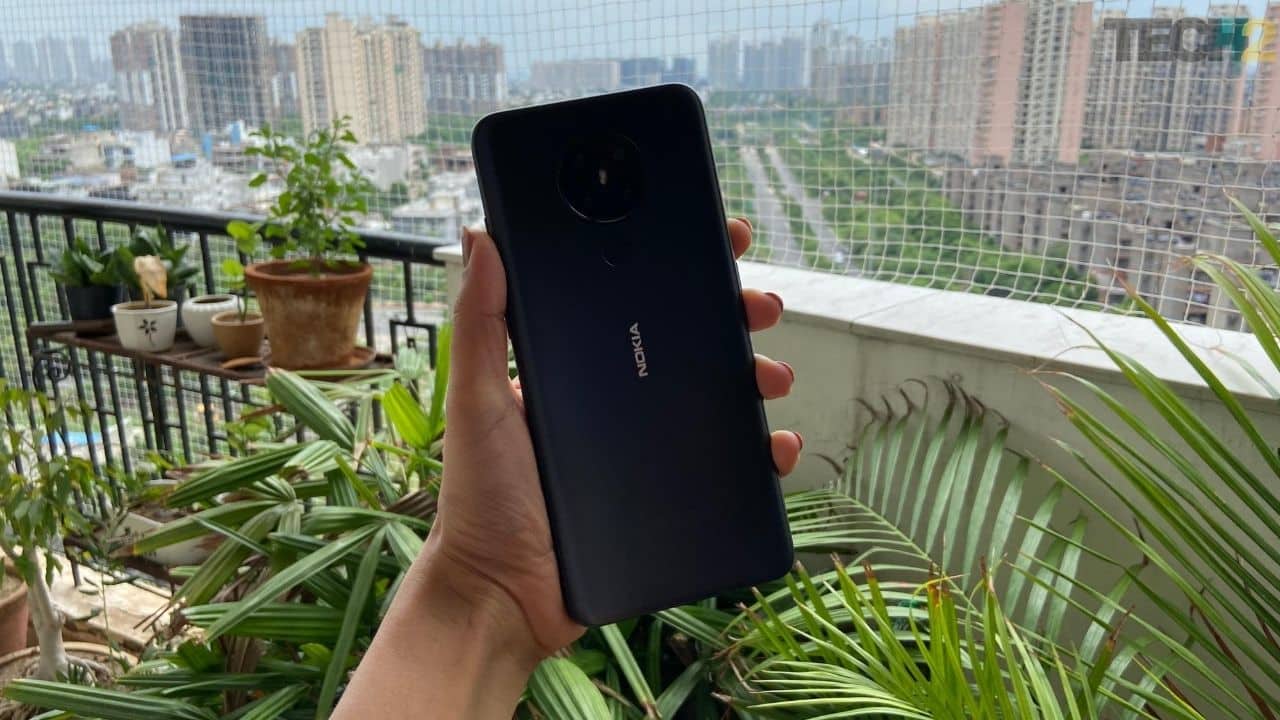

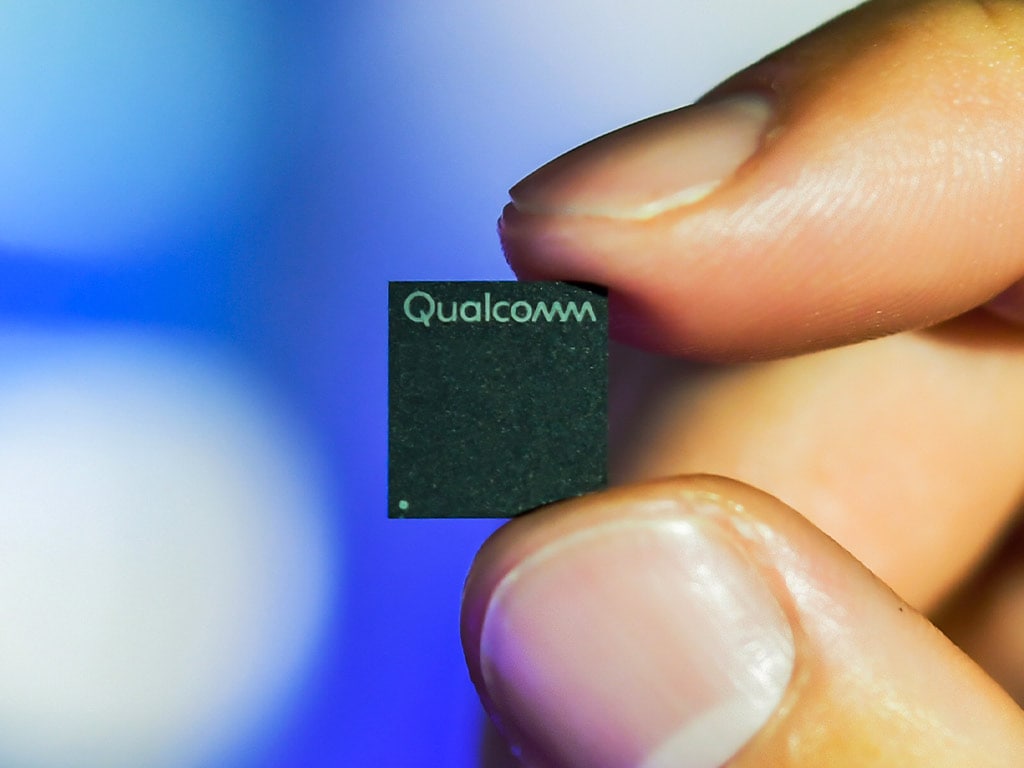

.jpg)





